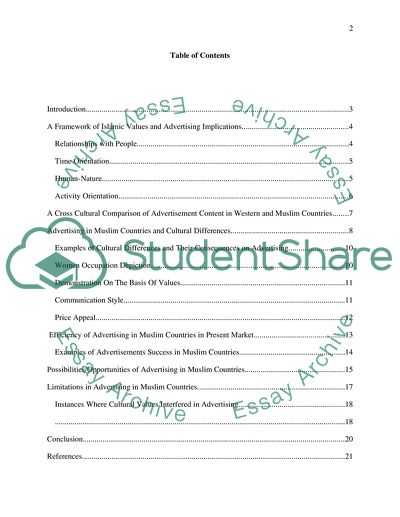Cite this document
(“Advertising in Three Muslim Countries: Saudi Arabia, Turkey and United Term Paper”, n.d.)
Advertising in Three Muslim Countries: Saudi Arabia, Turkey and United Term Paper. Retrieved from https://studentshare.org/marketing/1745473-advertising-in-three-muslim-countries-saudi-arabia-turkey-and-united-arab-emirates
Advertising in Three Muslim Countries: Saudi Arabia, Turkey and United Term Paper. Retrieved from https://studentshare.org/marketing/1745473-advertising-in-three-muslim-countries-saudi-arabia-turkey-and-united-arab-emirates
(Advertising in Three Muslim Countries: Saudi Arabia, Turkey and United Term Paper)
Advertising in Three Muslim Countries: Saudi Arabia, Turkey and United Term Paper. https://studentshare.org/marketing/1745473-advertising-in-three-muslim-countries-saudi-arabia-turkey-and-united-arab-emirates.
Advertising in Three Muslim Countries: Saudi Arabia, Turkey and United Term Paper. https://studentshare.org/marketing/1745473-advertising-in-three-muslim-countries-saudi-arabia-turkey-and-united-arab-emirates.
“Advertising in Three Muslim Countries: Saudi Arabia, Turkey and United Term Paper”, n.d. https://studentshare.org/marketing/1745473-advertising-in-three-muslim-countries-saudi-arabia-turkey-and-united-arab-emirates.


